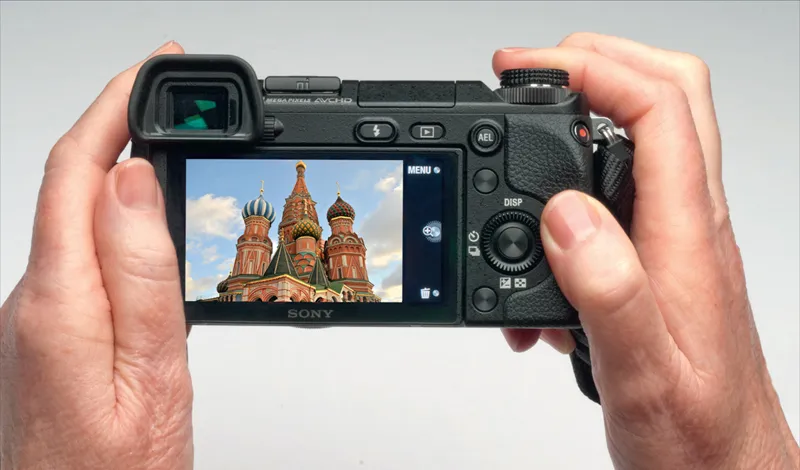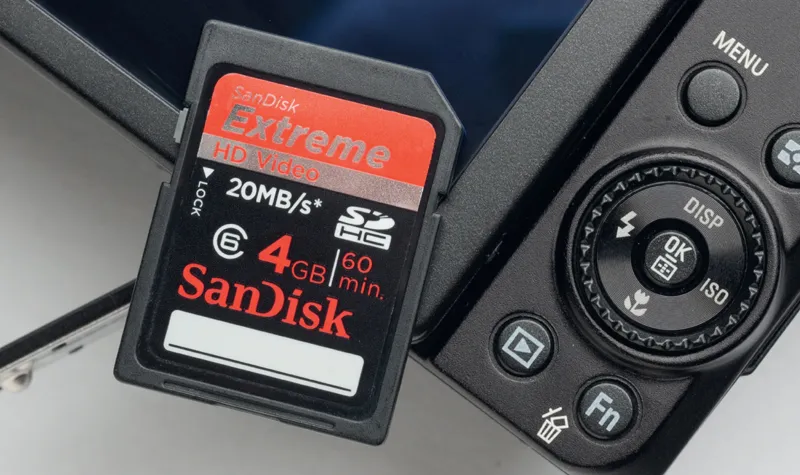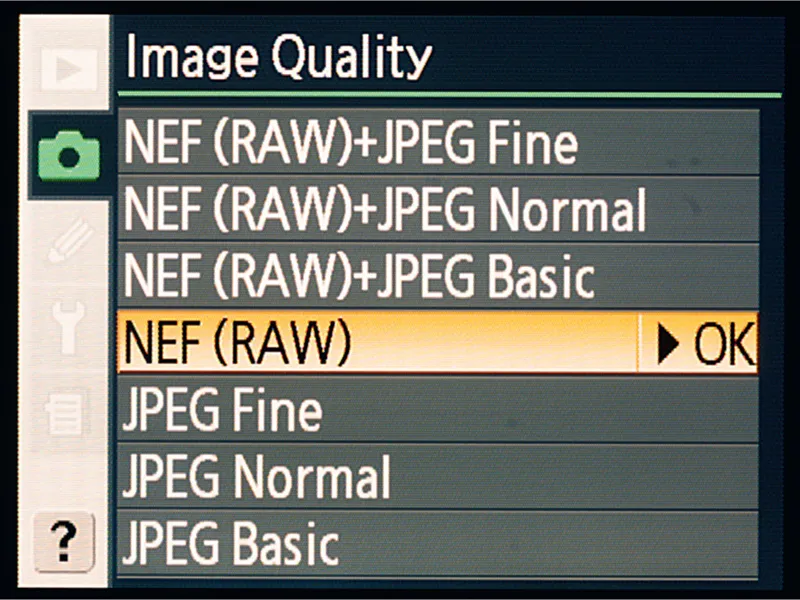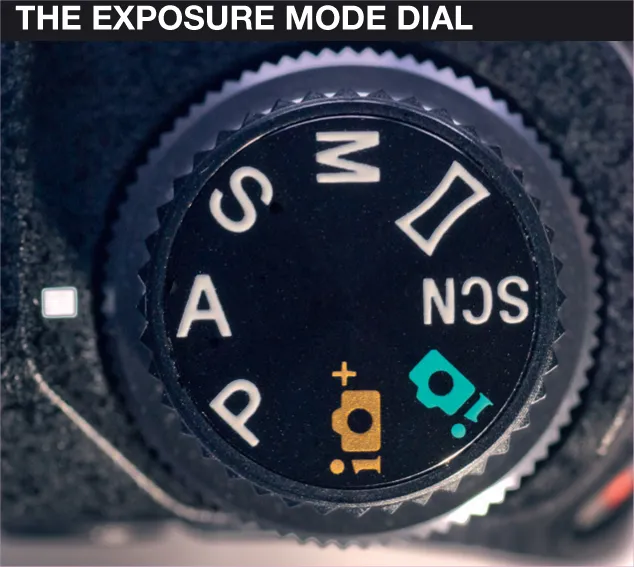
- English
- ePUB (mobile friendly)
- Available on iOS & Android
eBook - ePub
Collins Complete Photography Projects
About this book
The book all amateur digital photographers need – learn how to take the perfect photograph every time, from the authors of the bestselling Collins Complete Photography Course.
Frequently asked questions
Yes, you can cancel anytime from the Subscription tab in your account settings on the Perlego website. Your subscription will stay active until the end of your current billing period. Learn how to cancel your subscription.
At the moment all of our mobile-responsive ePub books are available to download via the app. Most of our PDFs are also available to download and we're working on making the final remaining ones downloadable now. Learn more here.
Perlego offers two plans: Essential and Complete
- Essential is ideal for learners and professionals who enjoy exploring a wide range of subjects. Access the Essential Library with 800,000+ trusted titles and best-sellers across business, personal growth, and the humanities. Includes unlimited reading time and Standard Read Aloud voice.
- Complete: Perfect for advanced learners and researchers needing full, unrestricted access. Unlock 1.4M+ books across hundreds of subjects, including academic and specialized titles. The Complete Plan also includes advanced features like Premium Read Aloud and Research Assistant.
We are an online textbook subscription service, where you can get access to an entire online library for less than the price of a single book per month. With over 1 million books across 1000+ topics, we’ve got you covered! Learn more here.
Look out for the read-aloud symbol on your next book to see if you can listen to it. The read-aloud tool reads text aloud for you, highlighting the text as it is being read. You can pause it, speed it up and slow it down. Learn more here.
Yes! You can use the Perlego app on both iOS or Android devices to read anytime, anywhere — even offline. Perfect for commutes or when you’re on the go.
Please note we cannot support devices running on iOS 13 and Android 7 or earlier. Learn more about using the app.
Please note we cannot support devices running on iOS 13 and Android 7 or earlier. Learn more about using the app.
Yes, you can access Collins Complete Photography Projects by John Garrett, Harris in PDF and/or ePUB format, as well as other popular books in Art & Photography. We have over one million books available in our catalogue for you to explore.
Information

LOBSTER
I found this lobster outside a restaurant in Copenhagen, where the bright overcast light really made the red zing out against the cool blue ice. I stopped the aperture down to f11 to make sure the lobster was sharp from front to back and placed him right in the centre of the viewfinder to make a symmetrical composition. 1/125 second at f11, 30mm, 400 ISO. JG
PHOTOGRAPHY BASICS
Whether your camera is old or new, you will only take really good photographs if you know how to create strong images – the saying ‘cameras don’t take photographs, photographers do’ is right. You should certainly not get hung up on needing the latest camera on the market, especially in these digital days, when there will be an even newer one out next week.
We feel that the push for more megapixels and ever-bigger sensors is largely driven by the industry’s need to sell us more gear. All this technology is not going to make your pictures any more creative; many of our favourite pictures – those that inspired us to take up photography ourselves – were made on far less sophisticated cameras than even the average point and shoot camera that you can buy today. To quote the American photographer Chase Jarvis, ‘The best camera is the one you have with you.’
You will no doubt have read through your camera manual; if you had trouble understanding it, this chapter will help to make it clearer. If you still feel in need of more detail, you will find it in our first book, Collins Complete Photography Course (HarperCollins, 2008).
Although this book is more about pictures than equipment, it is essential that we photographers get to know our cameras like a best friend. Our aim is to show you how to take better pictures no matter what your camera may be, just using it as a tool with which to transform your creative ideas into exciting images.
QUICK TIP
Your camera manual is vital if you are to understand the controls and functions of your camera. Don’t be embarrassed about carrying it around with you – today’s cameras are so complicated that few people can remember everything they do.
HOW JOHN CHOSE HIS NEW CAMERA
Just before writing this book I bought a new camera because I was feeling the need to simplify my travel photography and lighten my load. I wrote a priority list of features that I regarded as essential in a new all-round camera and spent a great deal of time finding exactly the right camera for me. This list might be helpful to you when you are choosing your next camera.
- Size and weight: small enough to fit in a coat pocket, light enough to carry all day without causing fatigue.
- Instant focus without shutter delay, for people and action.
- A viewfinder – I don’t like trying to compose pictures on the LCD screen as I often can’t see the image when the light is bright.
- Improved performance at high ISO speeds.
- An articulated screen – I find it very useful for shooting above my head or from ground level, or for shooting people surreptitiously.
- Interchangeable lenses to give me more choices, with the addition of an adaptor ring so that I can use my beautiful analogue Nikon lenses, which are creatively interesting.
- The feel and balance of the camera – I need to regard it as a part of me and I want to enjoy shooting with it.
- A menu system that makes sense to me.

CAMERA
After weighing up all the pros and cons I decided on this interchangeable-lens lightweight mirrorless camera. It has a large APS-C sensor and an electronic viewfinder, making it easier to use than trying to compose on the screen. It will fit comfortably in my coat pocket and accompany me wherever I go. JG
DIGITAL CAPTURE
In digital cameras, the sensor and memory card have replaced the film we used to shoot our images on. It is the pixels on the sensor that record the image gathered by the lens. Via the camera’s computer, the sensor then conveys the image as electronic signals to the memory card for short-time storage.
FILE FORMATS
Digital cameras have two different means of writing and storing image information onto the memory card, each with their own advantages.
JPEG format
This type of file contains all the settings that you have selected via the camera’s menu, such as image size and quality, colour balance, contrast and noise reduction. The camera applies these settings to the image and compresses them onto the memory card. The most popular format, JPEG produces images processed by the camera, ready to show on the computer or to print.
The JPEG file can be reprocessed with image-editing software such as Adobe Photoshop at a later date, but the settings applied by the camera cannot be completely reversed. Always work on a copy of the original JPEG, as repeated opening and saving will degrade the image.
RAW format
This format stores all the information from the sensor in an unprocessed and uncompressed form. It is the pure information of the picture and can be likened to a film negative. Once downloaded to the computer it has to be processed, with the photographer applying settings of brightness, contrast, colour balance and so on. After the interpretation has been made it is saved as a separate TIFF or JPEG file, leaving the original RAW file untouched and available for a new interpretation at a later date. TIFF files are not compressed like a JPEG file and provide better quality, so they are the option to choose if you plan to do extensive retouching.
Raw files are large and take up a lot of space on the memory card, but this has become less of a problem now as the price of memory has dropped considerably in recent years.
MEMORY CARDS
These are available in different sizes to suit the system your camera uses. Many of the DSLR cameras use large CF cards, but in order to make cameras more compact, recent models accommodate the smaller SD cards. Some cameras are able to use two cards, usually two SD cards on the newer models. You can buy cards in a variety of memory capacities and they also have different image transfer speeds, affecting how fast you can shoot.
Memory cards are quite fragile and should be protected from moisture and extreme temperatures; take care not to drop them, too. The images on the card should be copied to a computer as soon as possible, since many people have lost their pictures as a result of card failure or loss of the camera. Use the format feature in the camera to erase the card and set it up for shooting again. Once it is reformatted the previous images on the card will be lost.
Memory cards are quite stable and don’t give many problems, though it’s good practice to buy the best quality. While it has been recommended that they be replaced after about two years, we have been using the same cards for many years without problems – so far.

CARD
Memory cards hold all your precious images. Buy good-quality cards and treat them with care.

FORMAT
Once your pictures have been transferred to your computer and/or other safe storage places, reformat the card in the camera, which will set it up properly to be used again on your next shoot.

RAW
Use RAW if you intend to do extensive retouching on your pictures. If using JPEG, make sure you set the image size and quality to maximum, since you may want to make large prints from the pictures at some time in the future.
EXPOSURE MODE DIAL
Most cameras have an exposure mode dial on top of the camera, though it’s becoming more common to set the exposure modes from the menu instead. Today’s cameras offer a wide choice of modes.

AUTO (Automatic mode)
This is the camera in complet...
Table of contents
- Title Page
- Dedication
- Contents
- Introduction
- 1 Photography Basics
- 2 The Great Outdoors
- 3 Sightseeing and Cities
- 4 Out and About
- 5 Capturing Action
- 6 Still Life
- 7 Portraits
- 8 Body Beautiful
- 9 Celebrations
- 10 Children
- 11 Animals
- 12 Patterns
- 13 After Dark
- 14 Perfecting Your Images
- Conclusion
- Resources
- List of Searchable Terms
- Acknowledgements
- Copyright
- About the Publisher